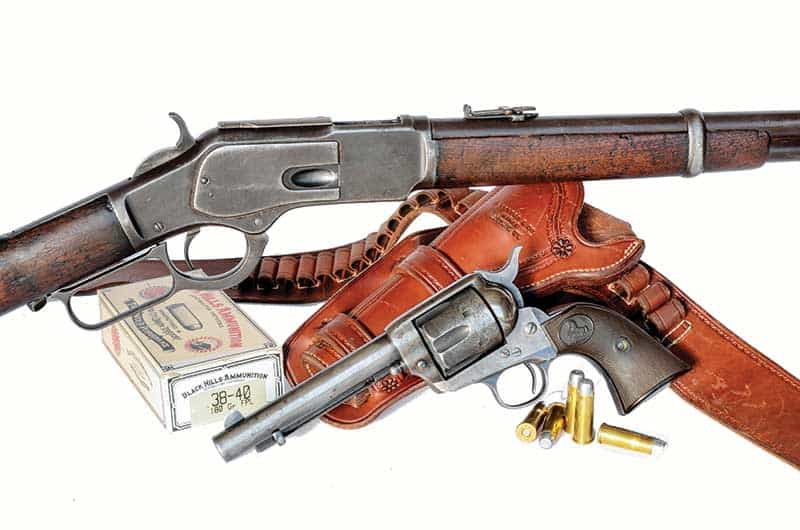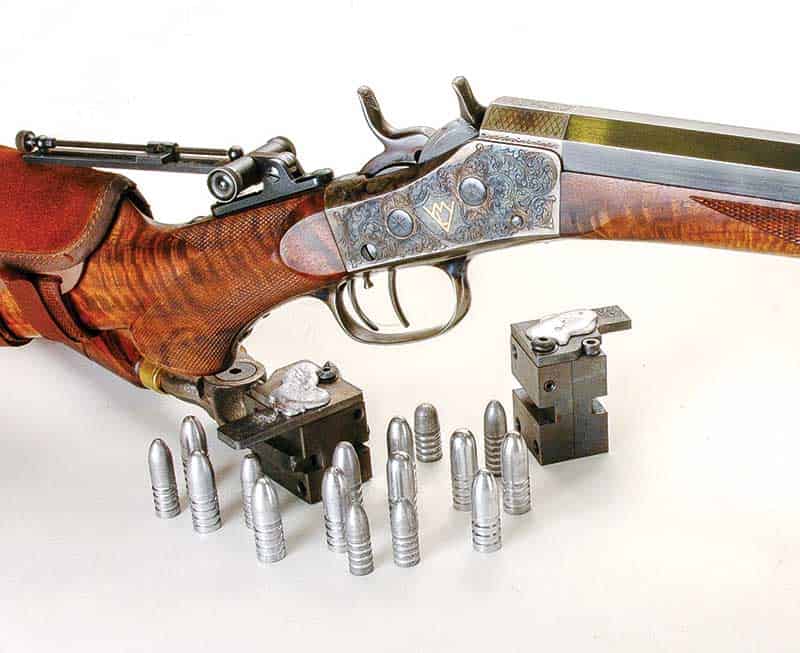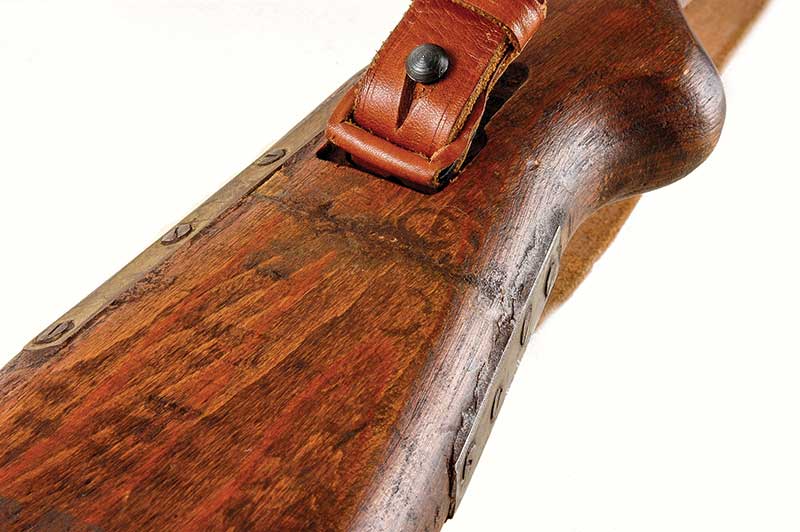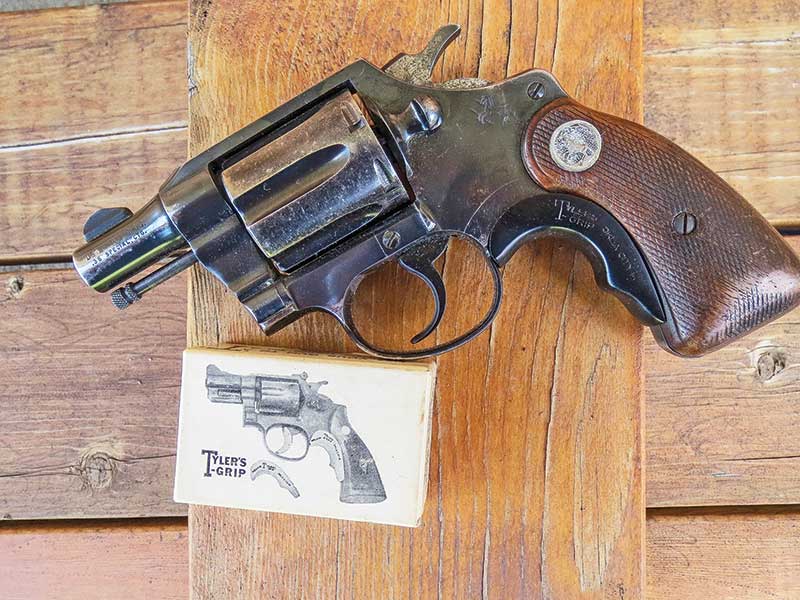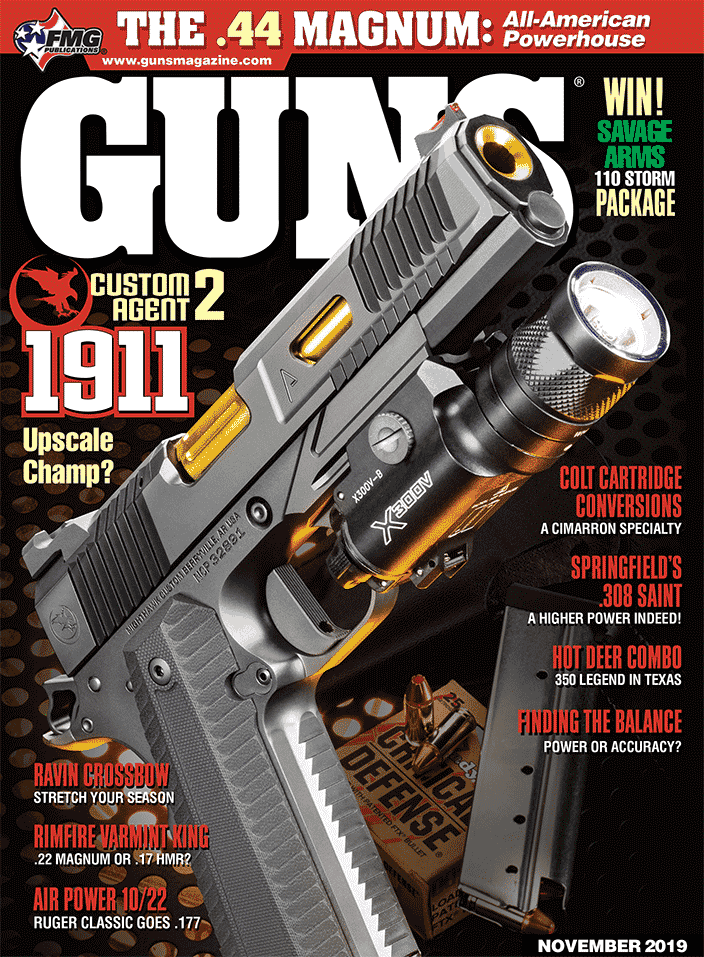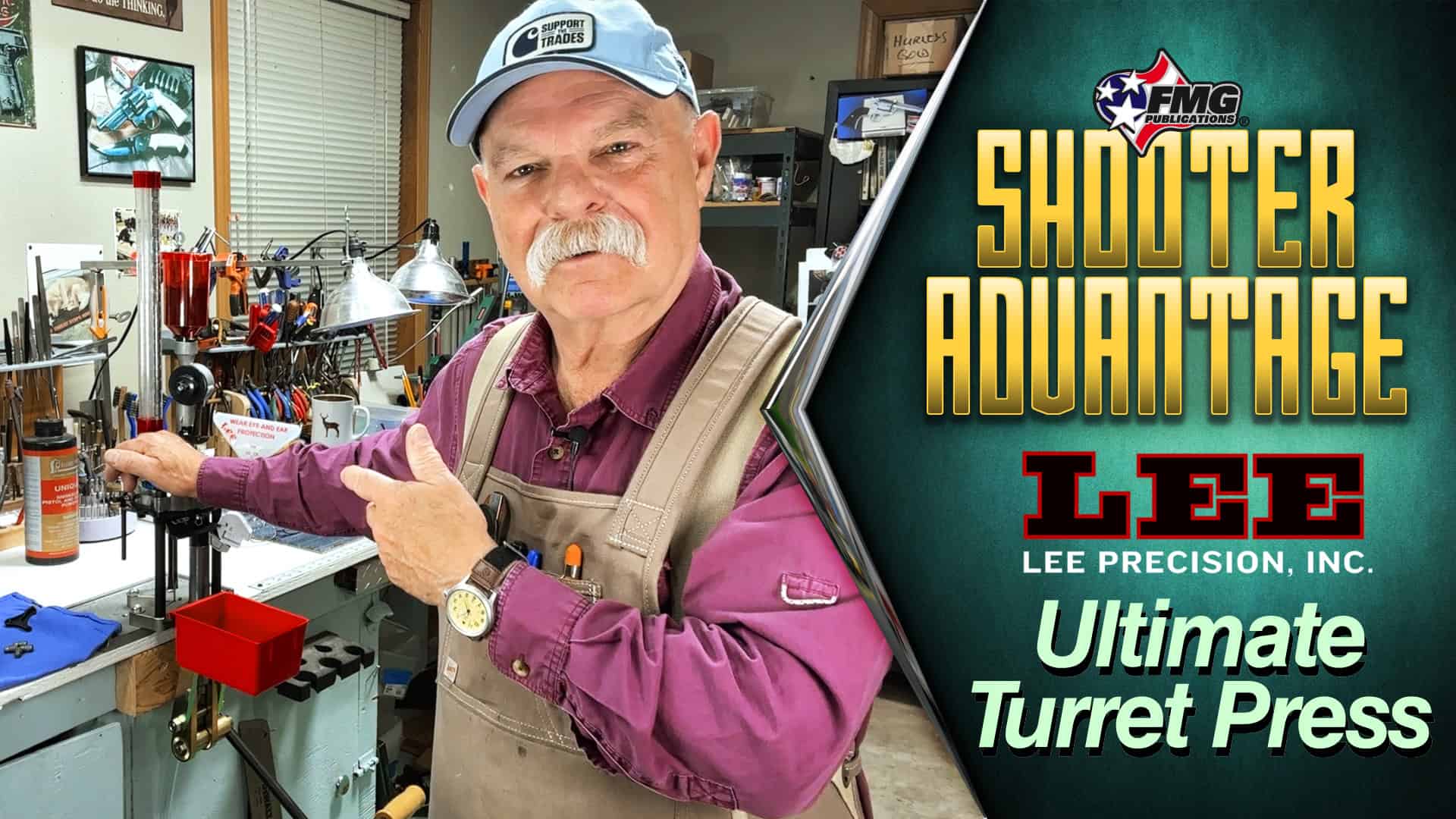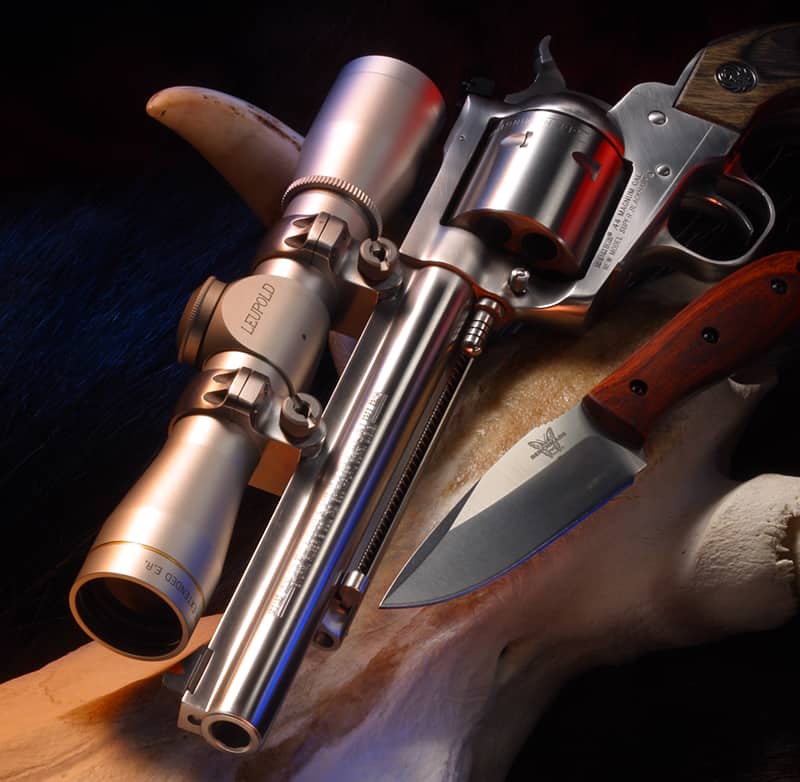To Refinish or Not Refinish?
Beauty is in the eye of the beholder
Want to know something that’ll set my teeth on edge just like chalk squeaking on a blackboard? It’s when someone says they bought a mechanically perfect firearm but its finish is a bit worn so they want to make it look new again. Let me tell you, brothers and sisters, it won’t look new again — it’s going to look refinished.
Travesty In The Coalfields
Back when I lived in West Virginia I frequented (actually, I loafed in it) a small gun shop in my hometown of Williamson. In the early 1970s, fine old Smith & Wesson N-Frame .44s weren’t uncommon in Mingo County. I think they were leftovers from coal mine/union wars of the 1920s. The owner of the shop would take one in trade and immediately ship it to Smith & Wesson for refinishing. I tried to tell him sending a slightly worn S&W triple lock .44 Special for refinishing was a travesty. I said he was turning a collector gun of high value into a shooting gun of lower value. It made no sense to him at all because now the old gun was shiny — never mind the blurred lettering and rounded edges.
I like worn guns. I especially like them if I’m the one who put the wear on them. Over 20 years ago I ordered a rolling block .40-65 from Lone Star Rifle Company. My intention was it would simply be a BPCR Competition rifle, hence I ordered plain wood and no frills. When the rifle arrived, it about knocked my socks off. Not only was it stocked with presentation grade wood but the action was engraved with my initials inlaid in gold. I told the maker, the late Dave Higgenbotham he made a mistake because I ordered a plain rifle. He said, “Yes you did but I know how you trade and sell guns so I made it so you won’t let this one go.”
He was right — it is one of my most treasured possessions but it didn’t sit in a display case. The gun has been to dozens of BPCR Silhouette matches and fired hundreds of rounds. At one match a few years back as I was getting off my mat, my bad knee gave out and I fell. The rifle and I both went into the gravel. My first worry was the crown at the muzzle. It was OK. The other scuff marks on steel and wood don’t matter — they’re just part of the rifle’s history.
The Duffle-Cut
Speaking of history, in building my World War II collection, I bought a German K43 semi-auto rifle. It had what collectors refer to as the “duffle-bag cut.” This is when a GI did not want to mail a souvenir home because he was afraid it might be stolen so he cut the stock in two to fit in his duffle bag. He could then carry it home himself. When My K43 got home someone inlet the stock for brass straps secured with glue and wood screws to hold it together. The repair is unsightly as heck but otherwise the rifle has all matching serial numbers, which is rare for a K43. Replacement stocks for K43s are available and I toyed with the idea of buying one but rationality caught up with me. The stock is part of the rifle’s history — it should be left alone.
A Special Detective Special
Back in 2015, I was browsing GunBroker.com when I came across a Colt Detective Special .38. It was located in an urban area back east. The description said it was a tired old revolver but still was mechanically good. Its buy-it-now price was a measly $300 so I nabbed it without hesitation. The description was apt. By its serial number, it had been made in 1961. The blue finish had plenty of wear marks from holster carry and the checkering on its walnut grips was worn smooth in places. Cylinder lock-up is perfect and bullets hit where the sights are pointed. I wouldn’t sell it for twice the price I paid for it, and I won’t ruin it by refinishing!
Don’t misunderstand me — I’m not saying trashed-out guns shouldn’t be restored. If they have already been “messed with,” there’s no harm to fixing them up cosmetically and/or mechanically. The point is: shiny or pretty doesn’t equate to value or functionality. Don’t waste money on refinishing you could spend on ammunition for shooting!
